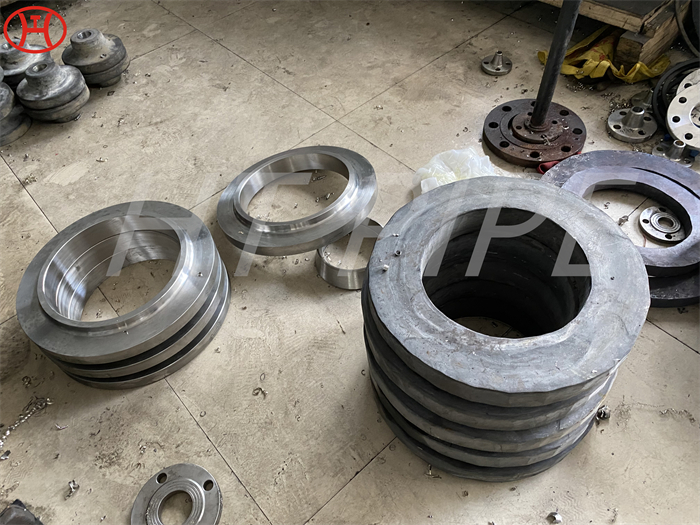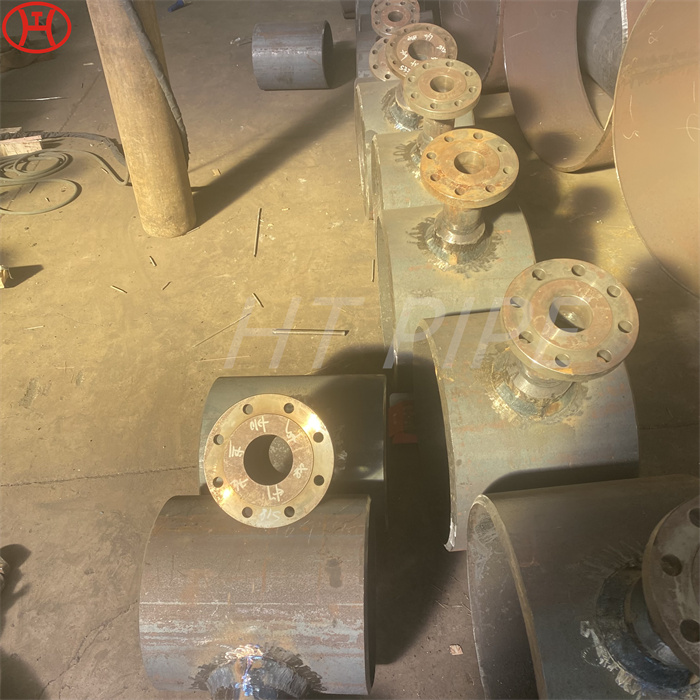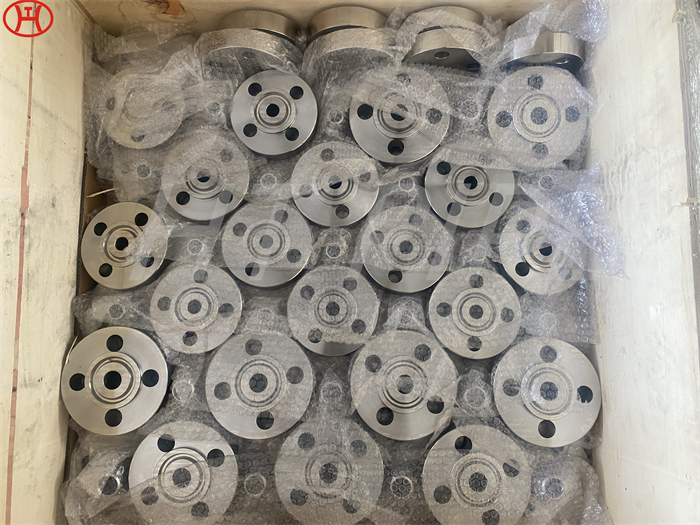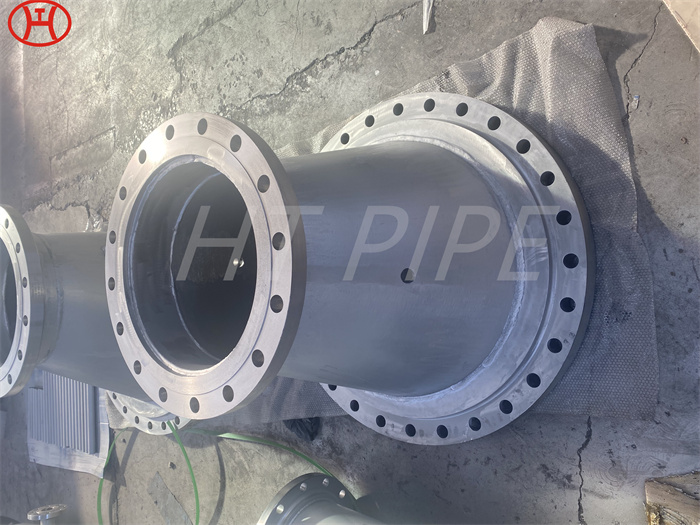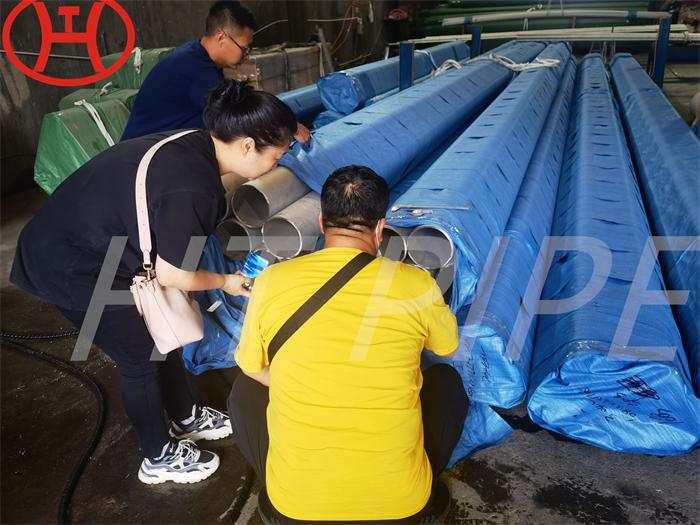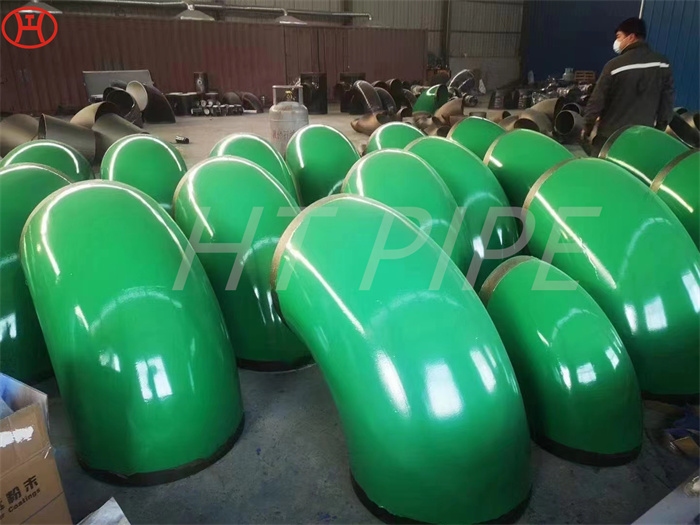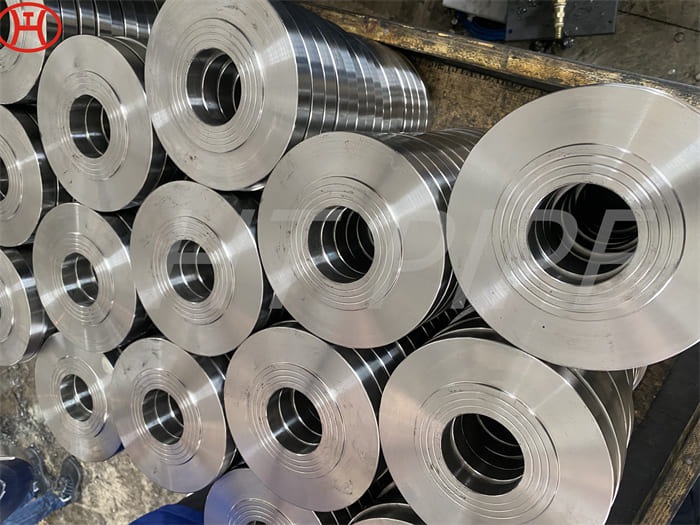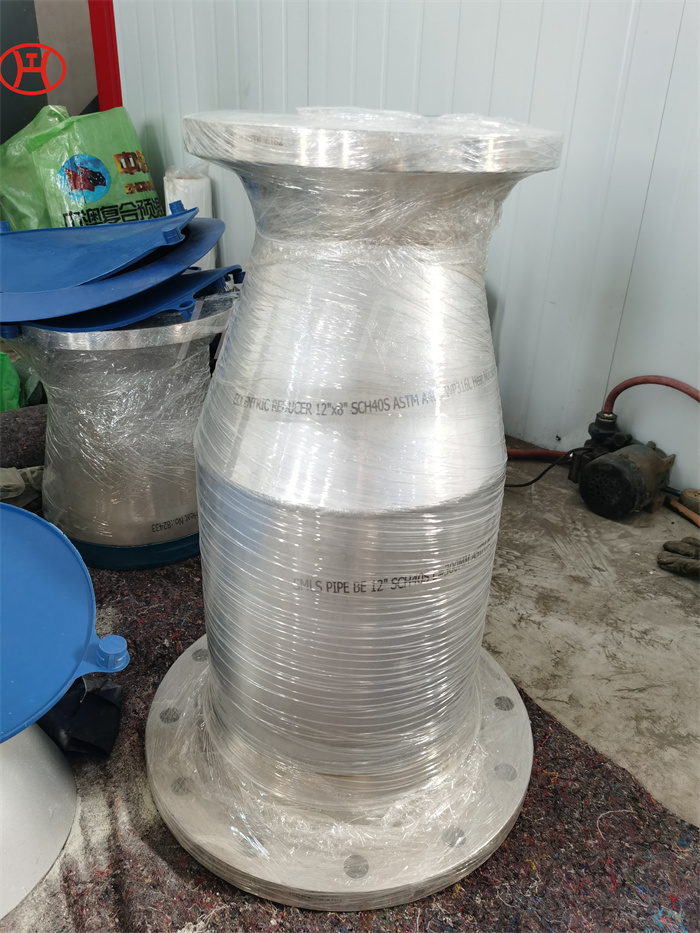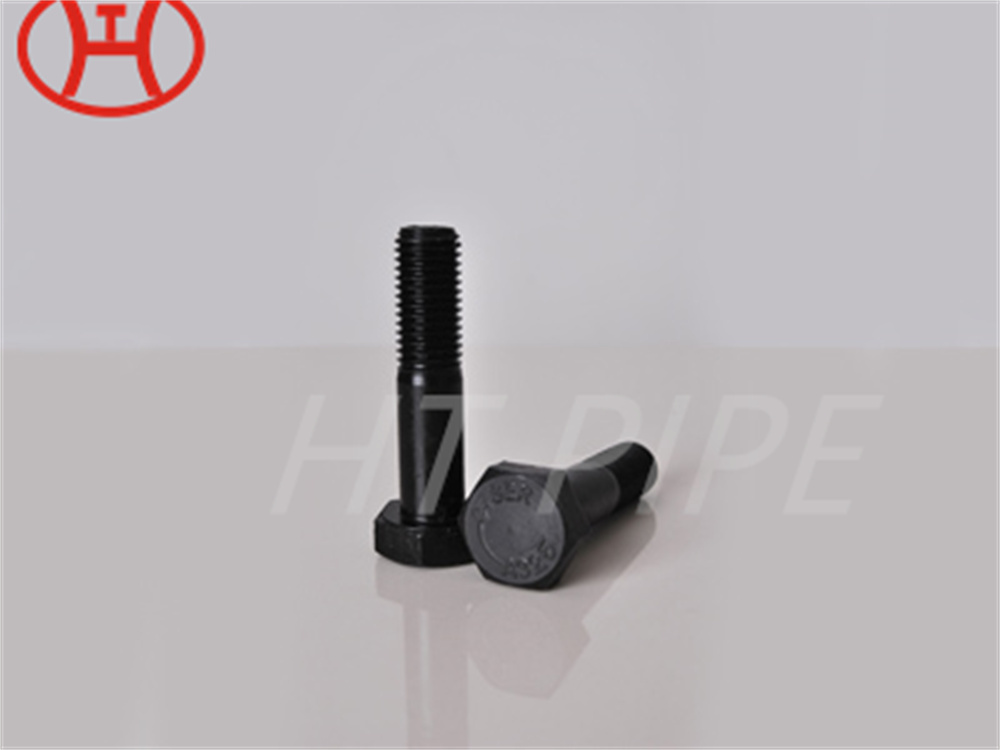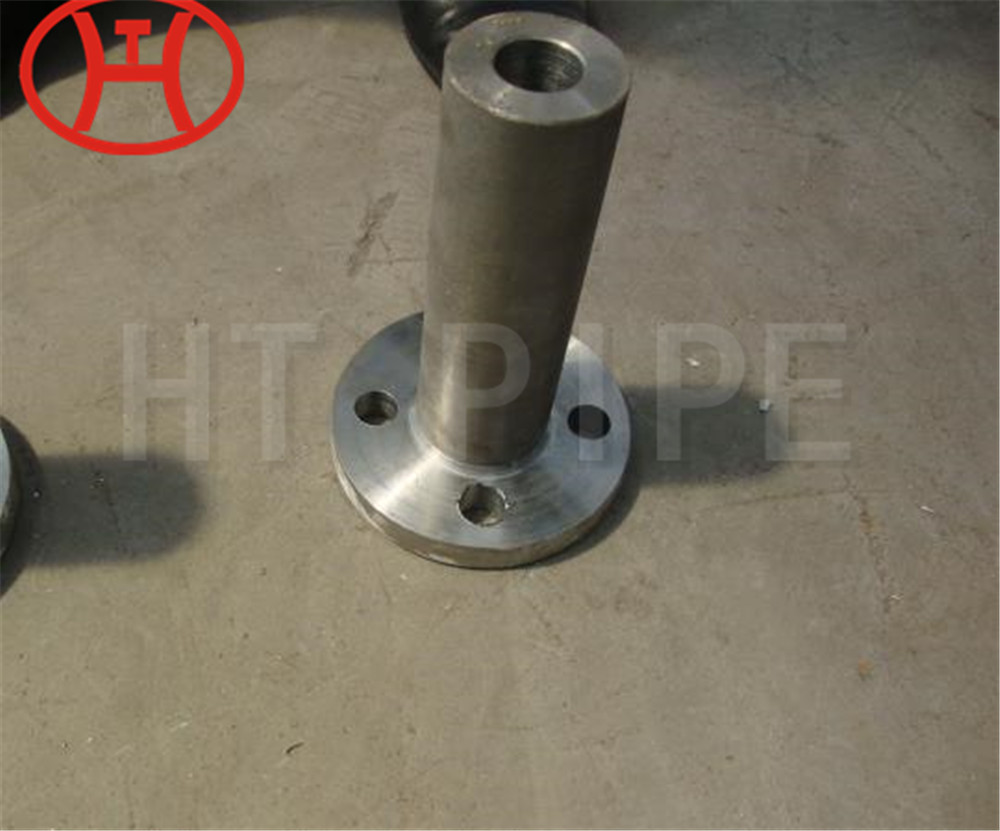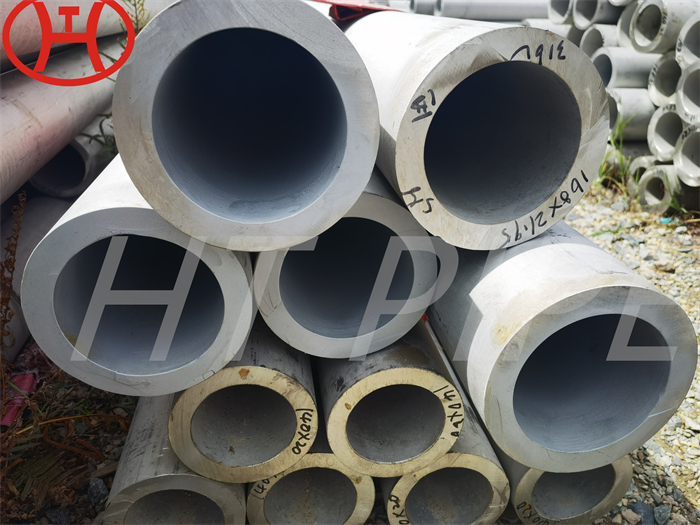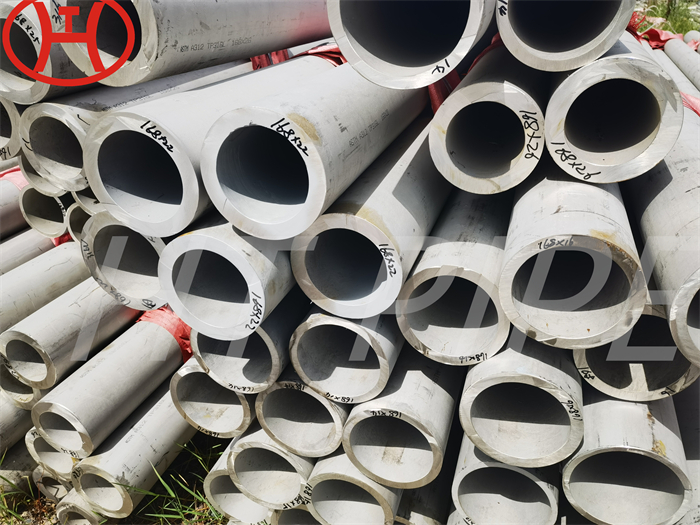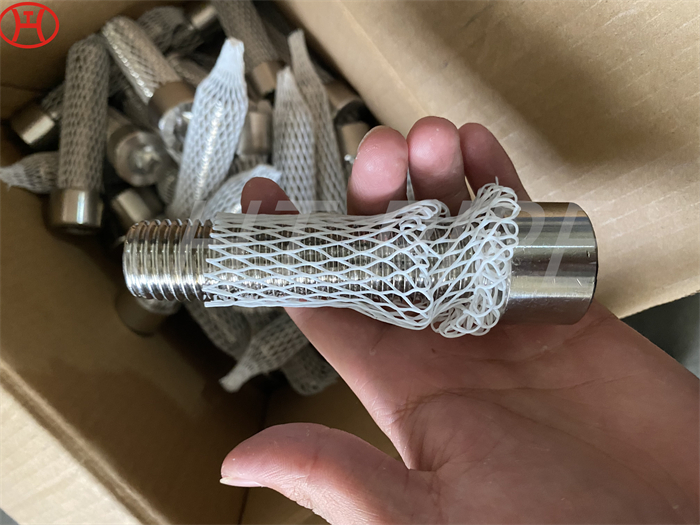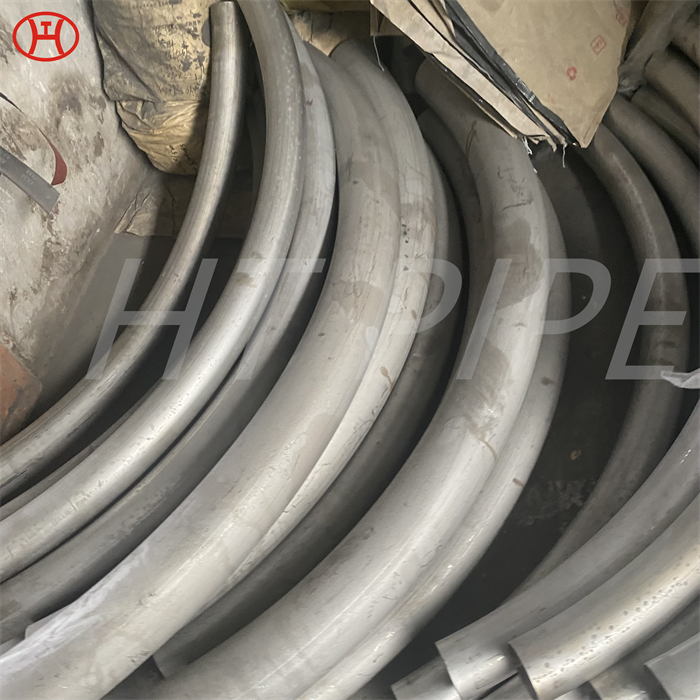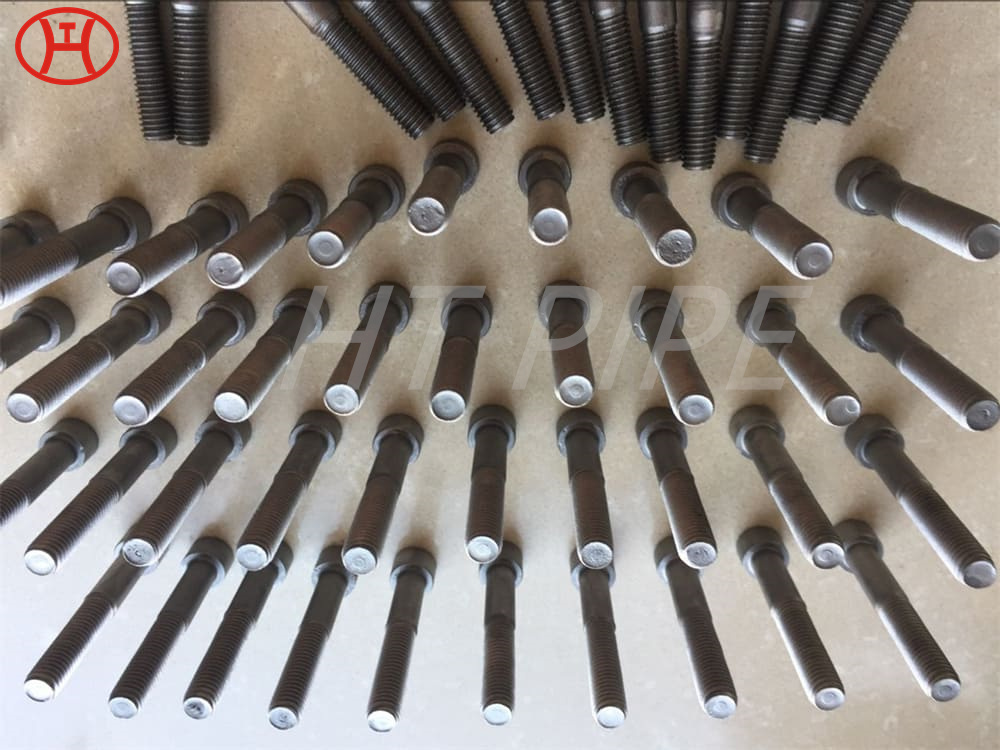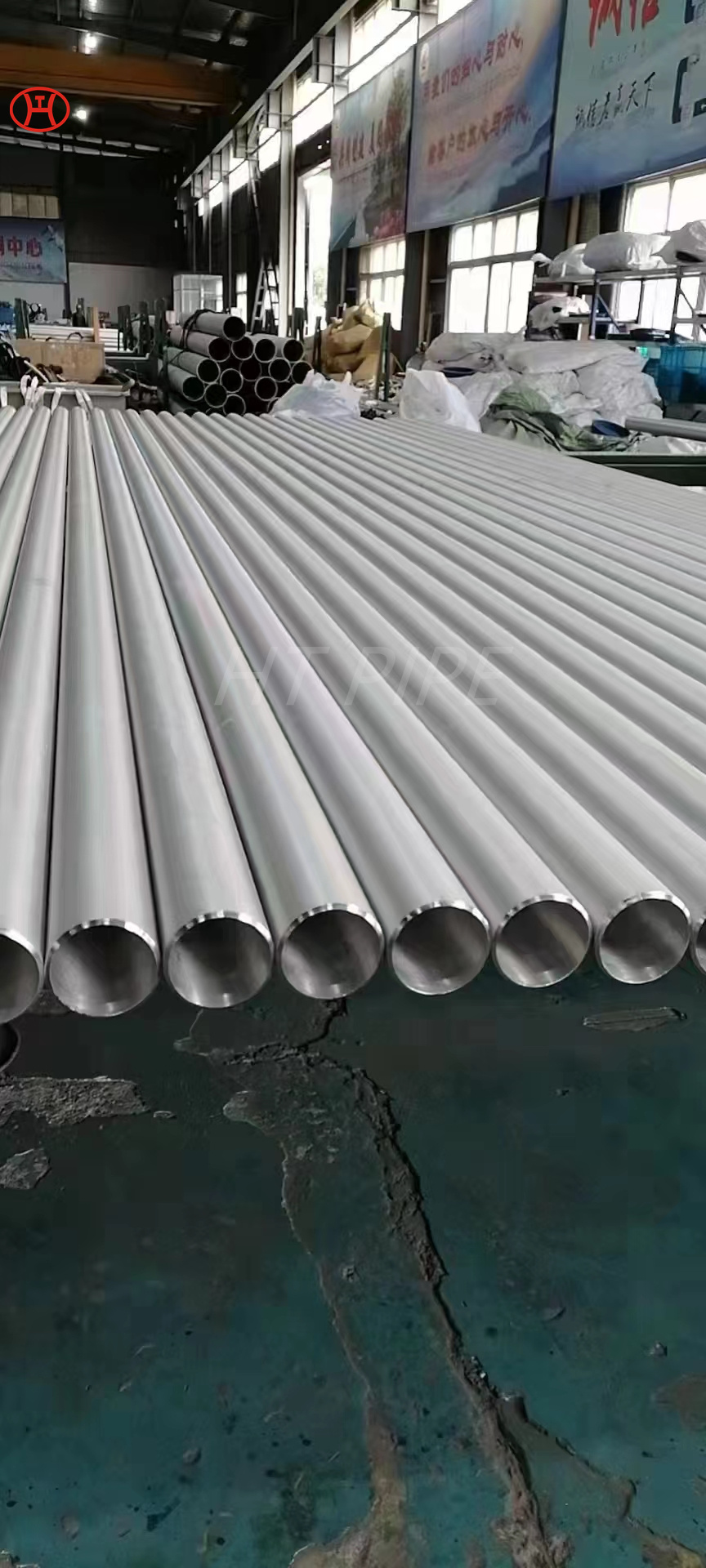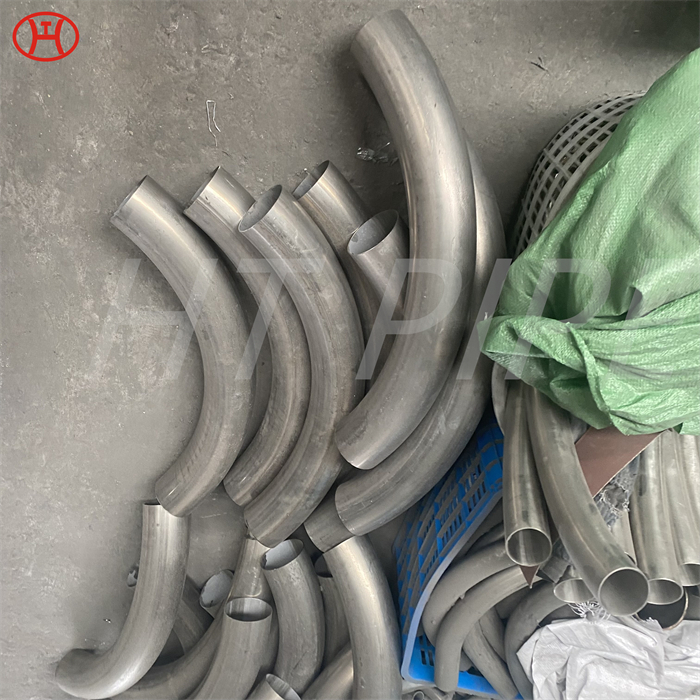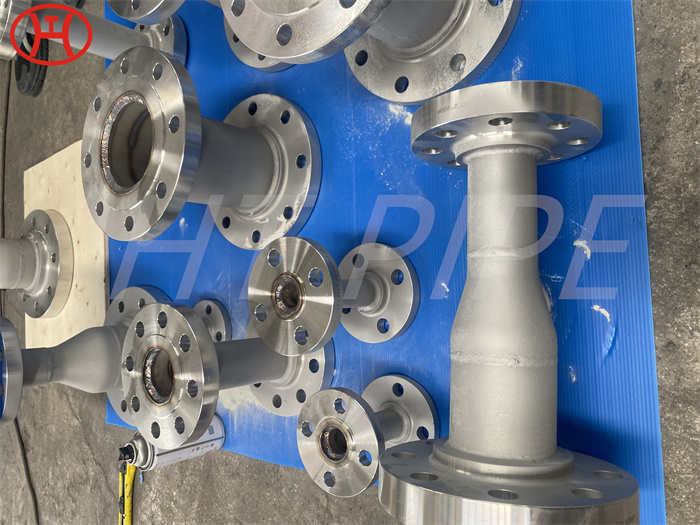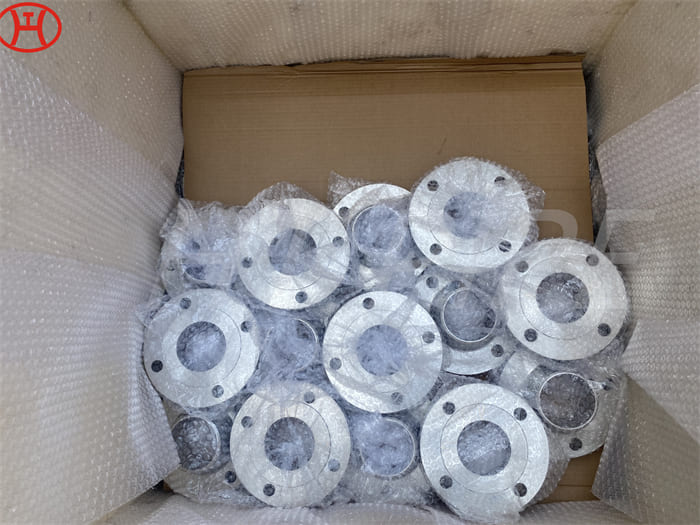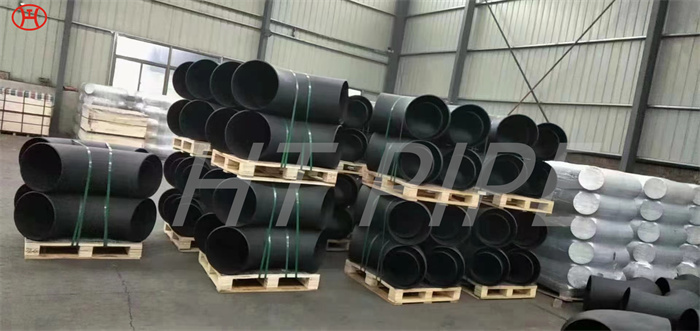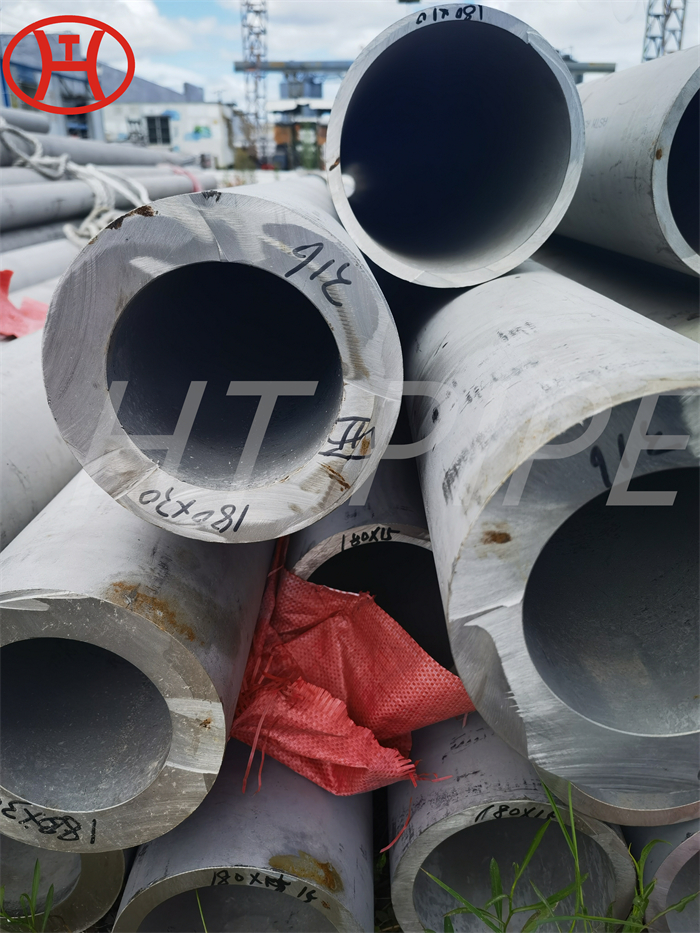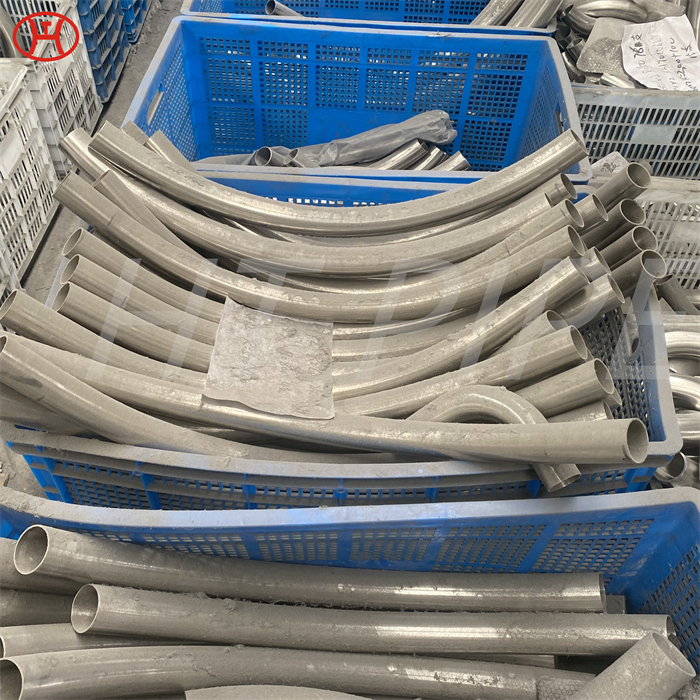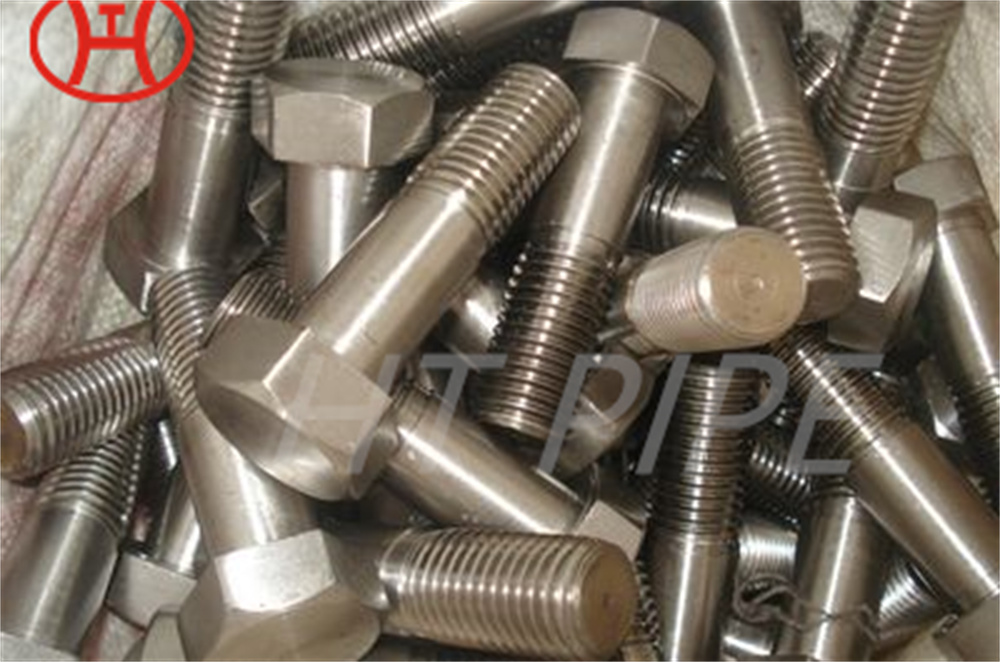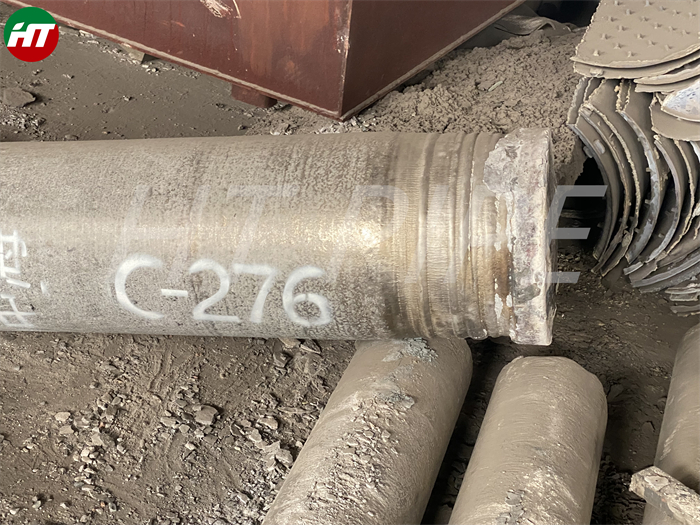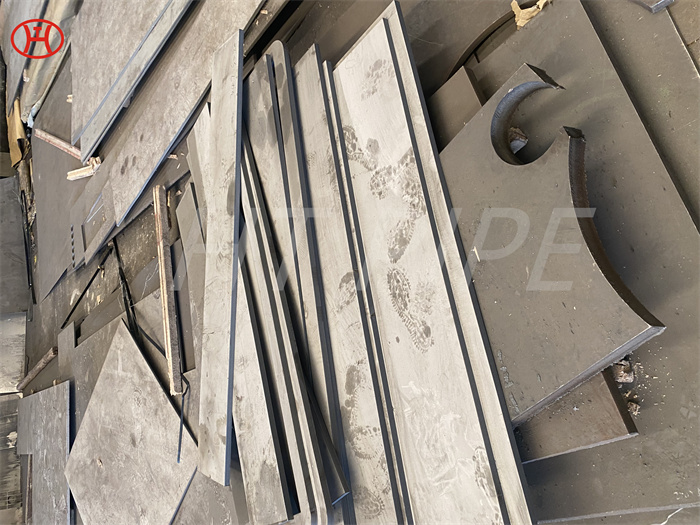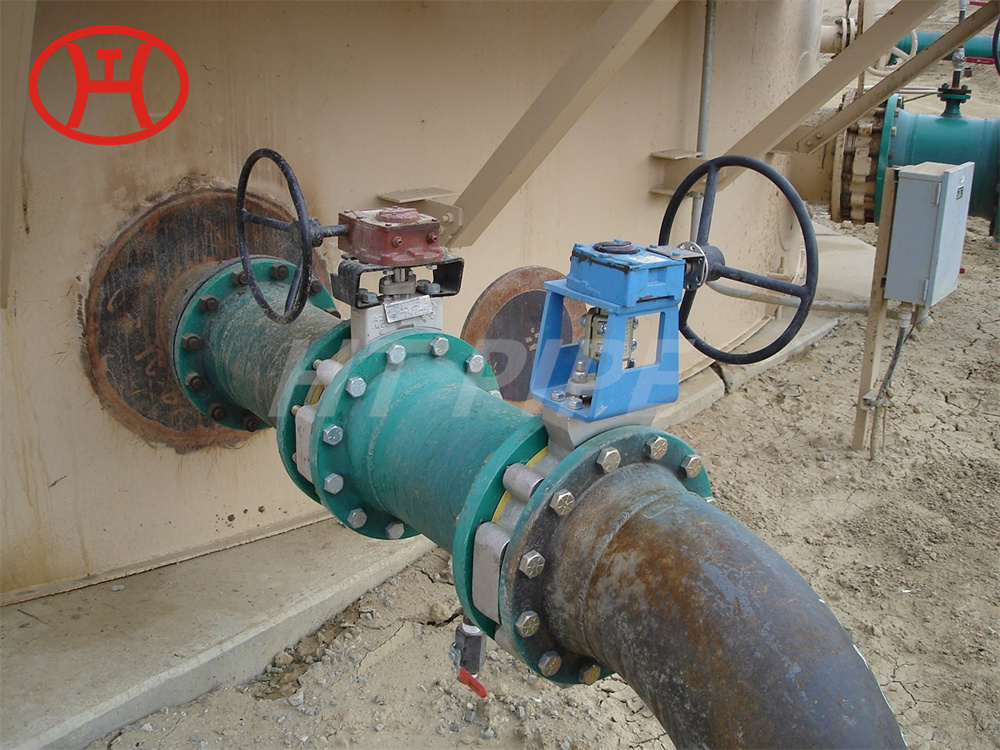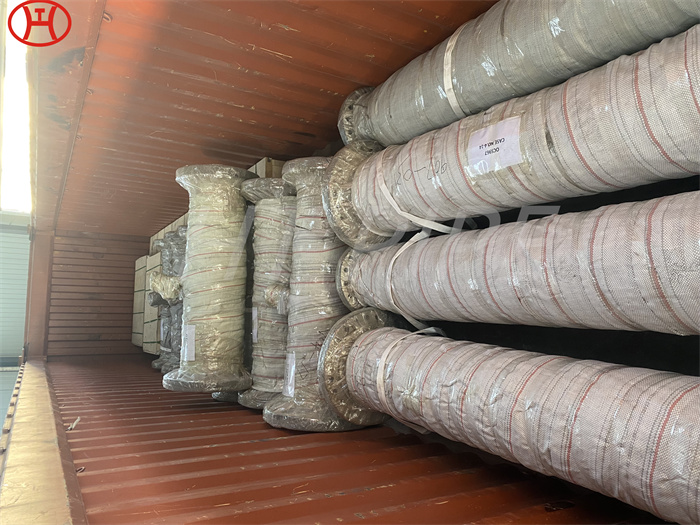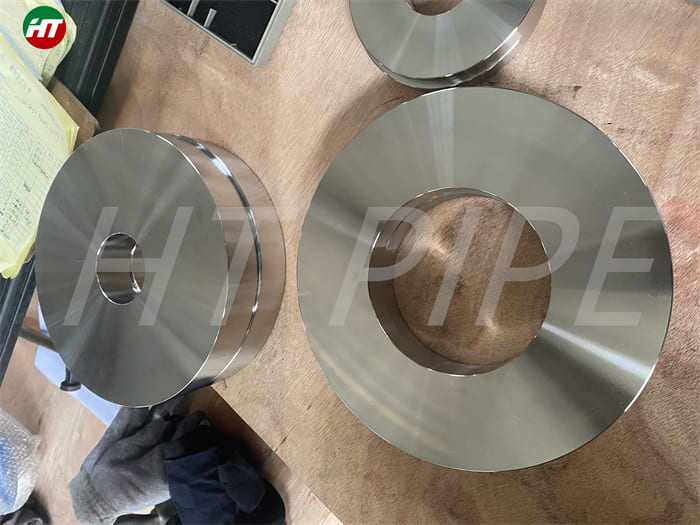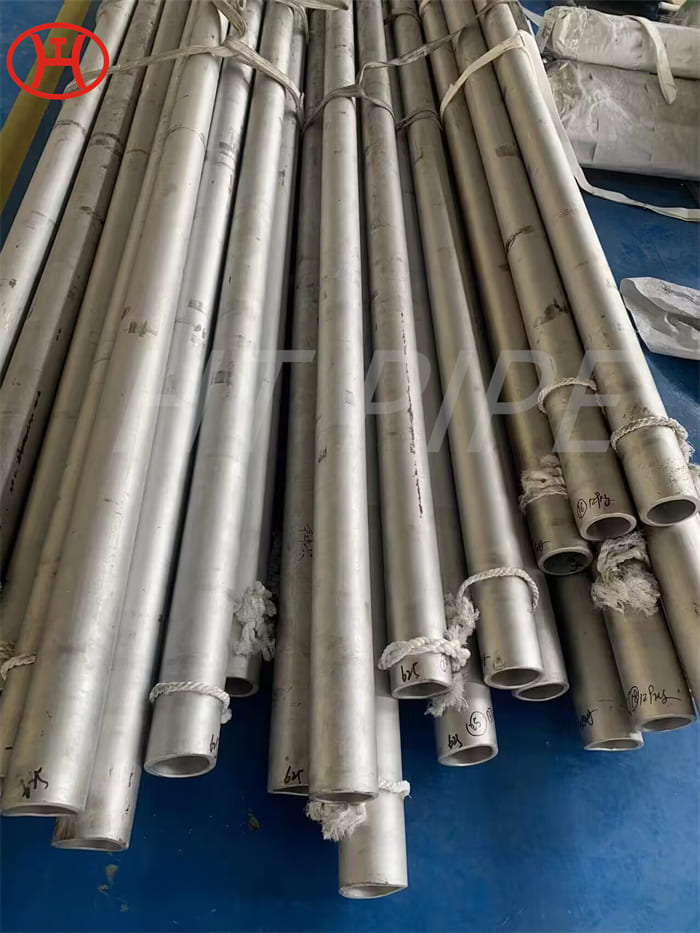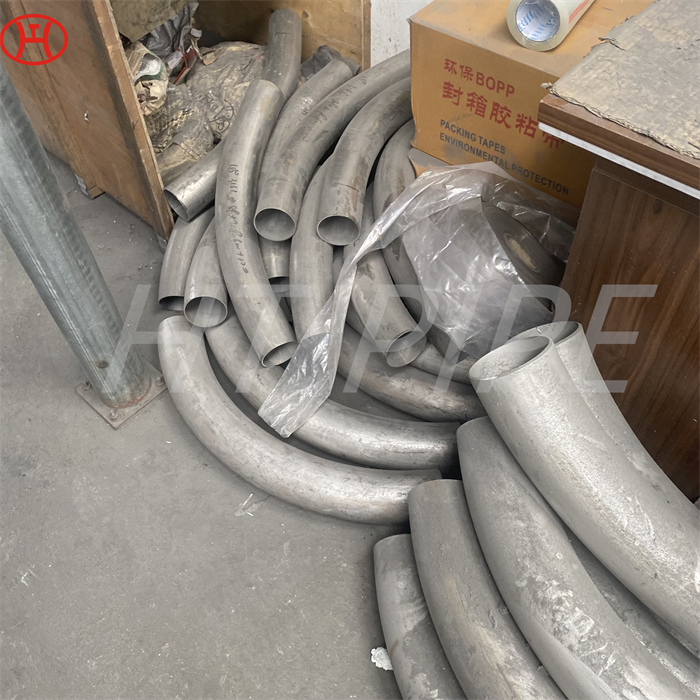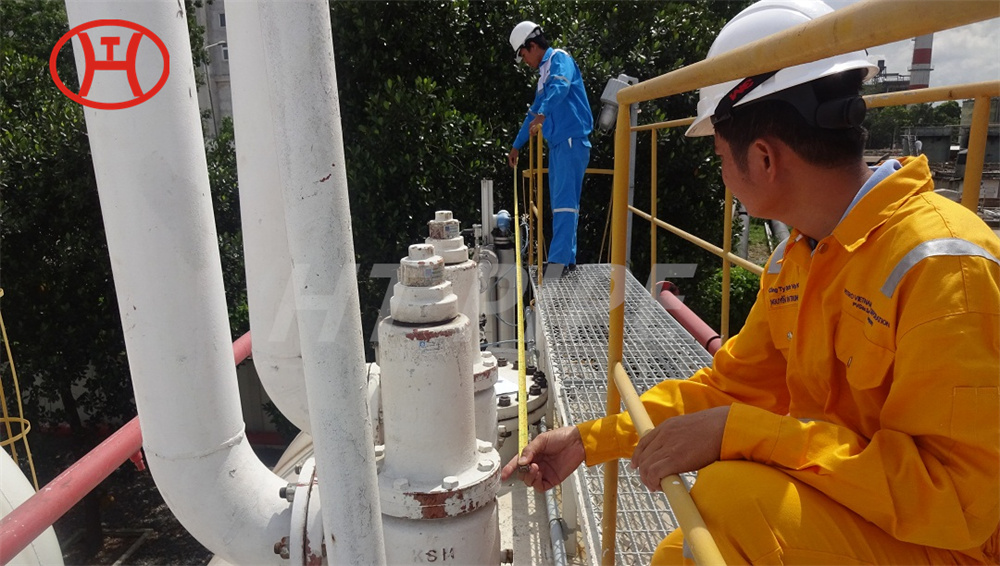Hastelloy B3 Flanges Supplier in China Manufacturer and Stockist of ASME SB564 Hastelloy B3 Flange
Hastelloy B3 Nippo Flanges are also being offered in customized sizes and shapes to our customers.
Hastelloy B3 Lap Joint Flanges has a special chemistry designed to achieve a level of thermal stability greatly superior to that of its predecessors, e.g. B2 alloy. These Hastelloy B3 Spectacle Blind Flanges has outstanding resistance to hydrochloric and sulfuric acids in the as-welded condition and excellent thermal stability. Hastelloy B3 Weld Neck Flanges is well suited for equipment handling hydrochloric acid in all concentrations and temperatures. The Hastelloy B3 Flanges are reliable for applications in several reducing environments that contain pure hydrochloric, hydro-bromic, and sulfuric acids. They also exhibit excellent resistance to non-oxidizing media such as phosphoric, acetic and formic acids. Our Hastelloy B3 RTJ Flanges is ideally suited for applications requiring corrosion resistance superior to SS 304 and has good elevated temperature strength. Hastelloy B3 Square Flanges does not rust, because of the interaction between its alloying elements and the environment. In fact, our Hastelloy B3 Flanges by definition contain at least 10 percent chromium.

